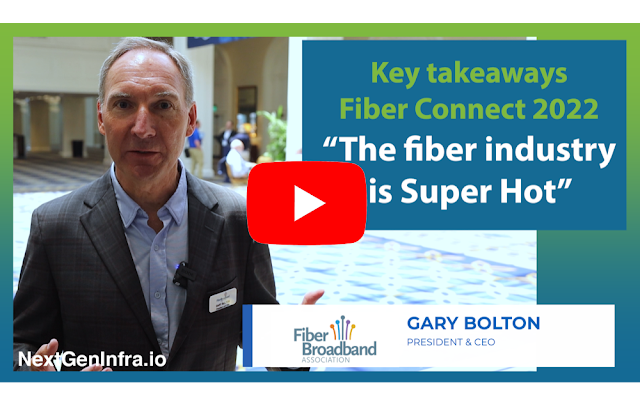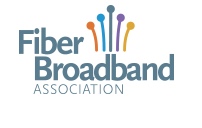The Fiber Broadband Association published a study, authored by RVA Market Research & Consulting, entitled “A Detailed Review: The Status of U.S. Broadband and The Impact of Fiber Broadband.” The report highlights five key areas of impact: Digital Equity, Performance, Sustainability, Economic Impact, and Quality of Life/Personal Productivity.
These key highlights illustrate why the U.S. has begun the largest fiber broadband investment cycle in history. Nearly $130 billion in federal, state, and local subsidies are being invested from the Competitive Carriers’ Association, the American Rescue Plan Act, the FCC’s Rural Digital Opportunity Fund, the Coronavirus Capital Projects Fund, the NTIA, the USDA’s Rural Utilities Service ReConnect loan and grant program, and most recently the Infrastructure Investment and Jobs Act (IIJA).
“This investment in fiber as the critical broadband infrastructure for the nation’s future will further accelerate innovation and the next phase of the internet – the Metaverse,” said Gary Bolton, President and CEO at the Fiber Broadband Association. “As every American becomes connected with future-proof fiber broadband, consumers and businesses will begin to leverage the amazing future that is in store for all of us as digital equity reaches everyone, regardless of where they live.”
Highlights from the study include:
Digital Equity
- Lowest density zip codes have service levels with 1/3 the bandwidth of high-density areas
- 58% of broadband adopters in the past 4 years are low income
- 37% of broadband adopters in the past 4 years are non-white households
Performance
- Fiber has 45% faster download and 4.7x faster upload speeds than cable
- Fiber has reduced the cost per bit by 90% over the past decade
- Fiber has half the latency of cable
- Fiber providers’ Net Promoter Scores are significantly better
Sustainability
- Fiber delivers 20% more carbon savings than DSL and 40% more than cable HFC
- Overall, fiber shows the highest net reduction in carbon based on transmission itself and the impact of enabling work from home
Economic Impact
- 47% of rural moves are to areas with fiber
- Over $78 million per year of additional primary revenue from home-based businesses could be gained from an FTTH community of 100,000 households
Quality of Life / Personal Productivity
- 72% of consumers rank broadband as very important
- Broadband is a Top Three attribute for selecting a community (in addition to safe streets / low crime and affordable living)
- Homes with fiber have better access to healthcare and education
Fiber Connect 2022: Why the fiber industry is super hot











